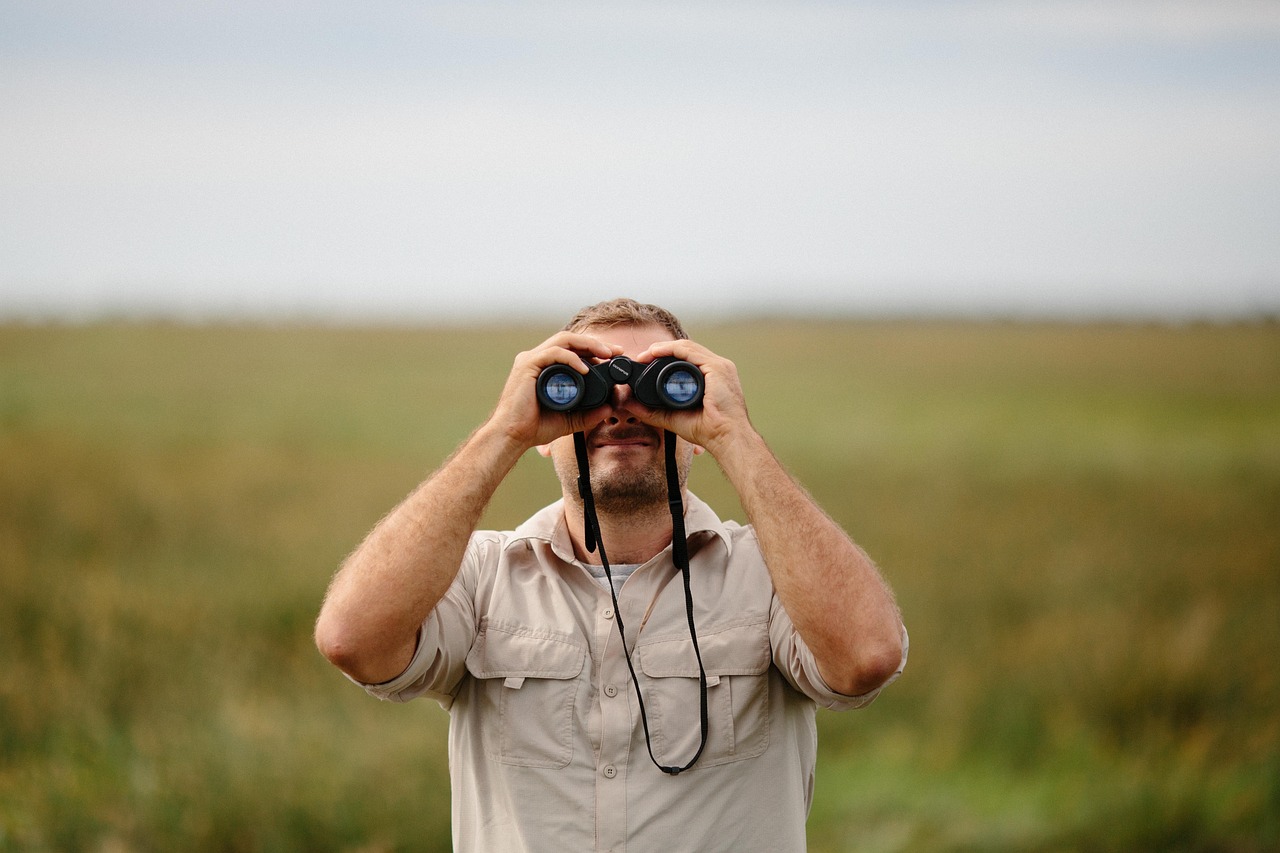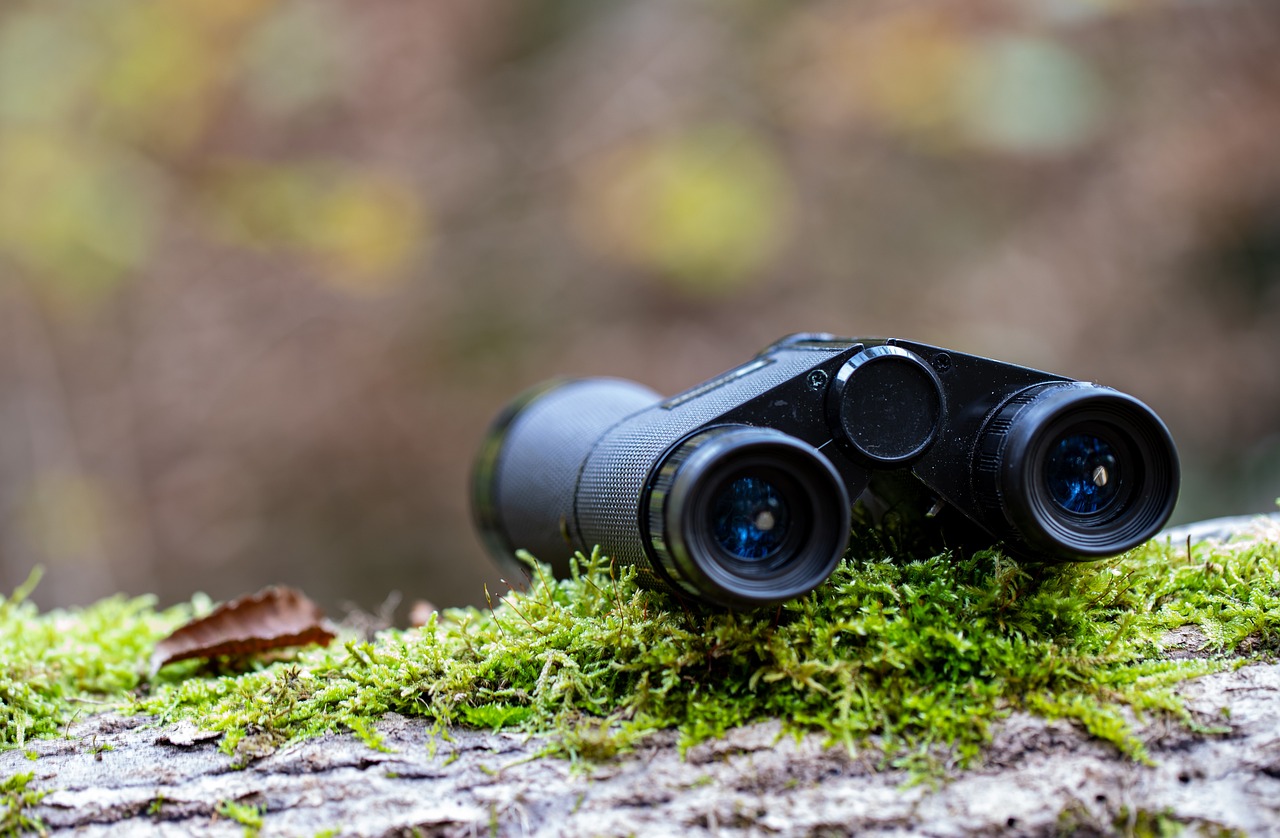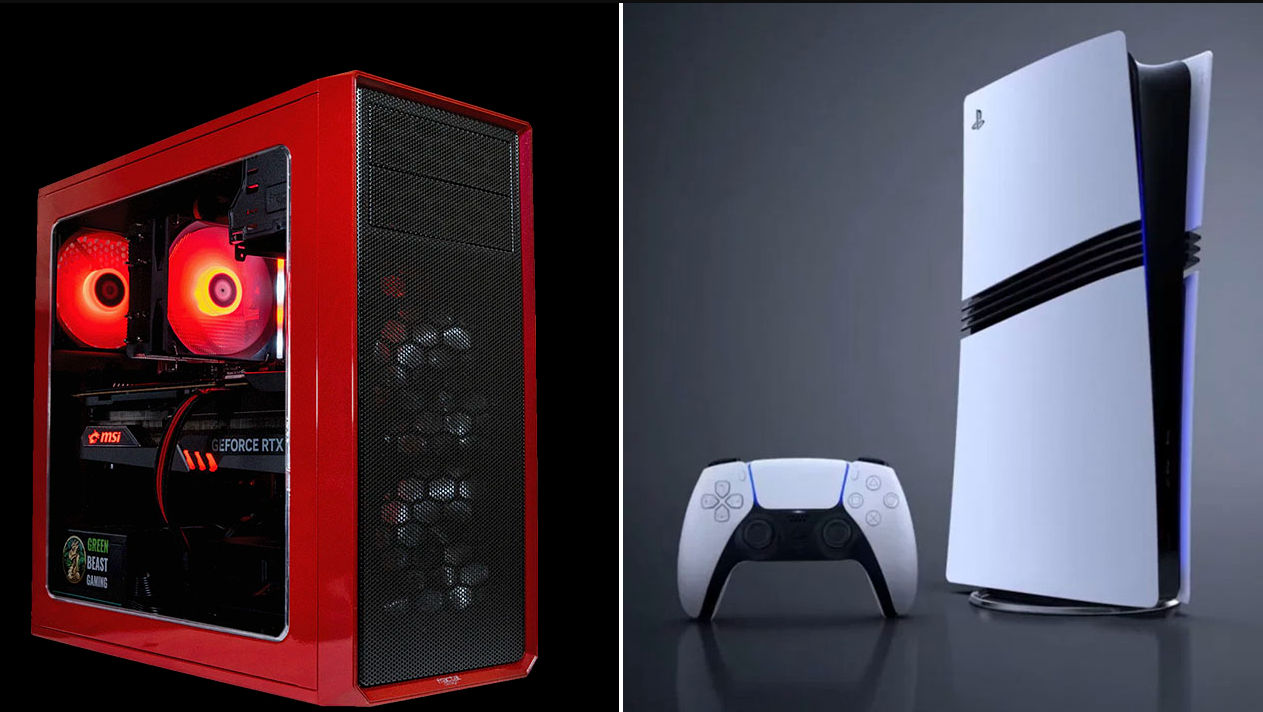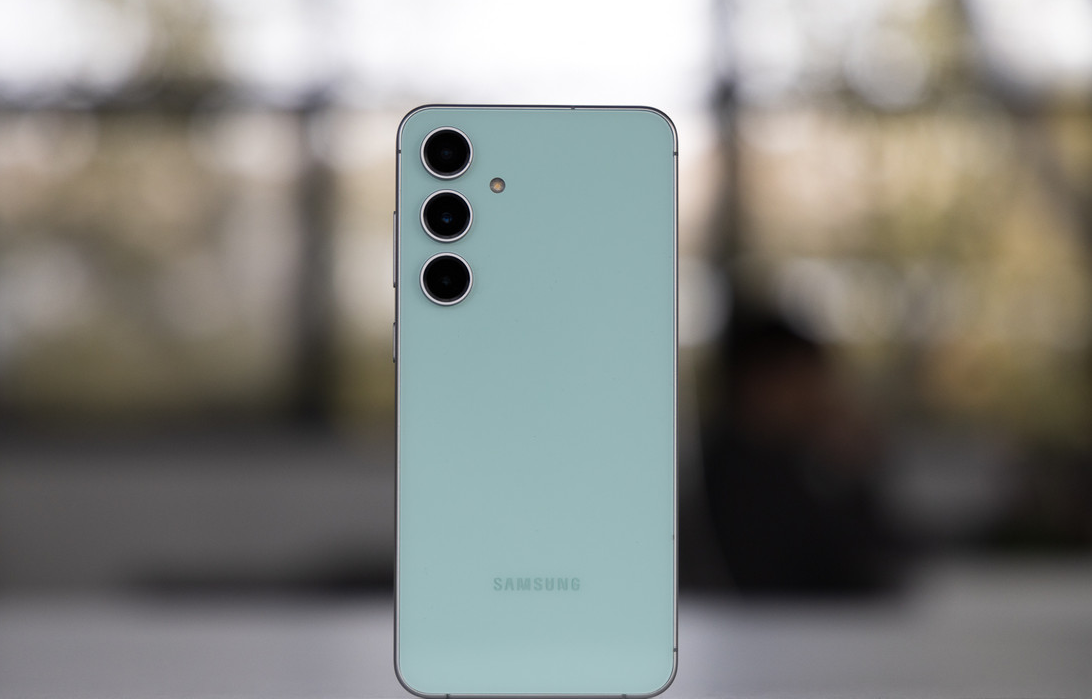
Choosing binoculars is a task that may seem simple only at first glance. In fact, there are many factors to consider in order to find the perfect binoculars that will fulfil all your requirements and expectations. In this article, we will look at the key aspects of choosing binoculars, ranging from technical specifications to the specific needs of the user.
Determine the purpose of the use
The first and most important step in choosing binoculars is to determine its primary purpose. Are you going to use it for bird watching, stargazing, sporting events or hunting? Many subsequent decisions depend on the answer to this question. For example, stargazing will require binoculars with a high aperture ratio, while hunting will require binoculars with a good range and resistance to extreme conditions.
Consider the main characteristics
- Magnification and objective lens size. The parameters of binoculars are often specified in the form of two numbers, for example, 8×42. The first number indicates the magnification (how many times an object will appear closer), the second number indicates the diameter of the objective lens in millimetres, which affects the amount of light entering the binoculars. A larger objective lens provides a brighter image, but makes the binoculars heavier.
- Optics quality and coatings. High-quality optics and special lens coatings can significantly improve image quality, increase contrast and brightness, and reduce glare.
- Field of View. This is a measure of the width of the area visible through the binoculars at a certain distance. A wide field of view is preferable for quick detection of moving objects.
- Focusing. It is important to choose a model with a focus system that you are comfortable with, especially if you plan to change the viewing distance frequently.
Consider usability
- Ergonomics. The binoculars should lie well in your hands, and the focus buttons and wheels should be easily accessible.
- Weight and size. For long hikes or lightweight travelling, it’s worth choosing compact and lightweight models.
- Waterproof and fog proof. These features are critical for using binoculars in harsh weather conditions.
Types of binoculars: A variety for every need

Compact binoculars
These binoculars are ideal for travellers, concert goers and sports enthusiasts due to their light weight and small size. They typically have smaller objective lenses (up to 28mm), making them lightweight and easy to carry, but they may be less bright in low light.
Standard binoculars
With larger objective lenses (30 to 42mm), these binoculars are the golden mean between size, weight and optical performance. They are suitable for a variety of activities including nature observation, sporting events and initial astronomical observations. With a good balance of magnification and aperture, they provide excellent image quality in a variety of conditions.
Binoculars with a large objective lens
With lenses over 50mm, these binoculars are designed for serious observers and astronomers, offering the highest aperture and image brightness even in low-light conditions. They are ideal for observing wildlife at dusk or stargazing, but their large size and weight may require the use of a tripod for long observations.
Marine binoculars
Particularly resistant to water and shock, marine binoculars are often equipped with a compass and special distance scales. They are designed for use in marine environments, being highly resistant to moisture and able to withstand harsh weather conditions.
Theatre binoculars
Small and elegant, theatre binoculars are designed for watching plays and concerts. They have a low magnification and are very compact, making them easy to carry around for cultural events.
Astronomical binoculars
Specially designed for observing the night sky, these binoculars have high magnification and large objective lenses for maximum light-gathering power. They allow you to see stars, planets and galaxies more clearly than is possible with many entry-level telescopes, but require the use of a tripod due to their weight and size.
Budget and brand
Binocular prices can range from very affordable to very high, depending on the brand, quality of optics and equipment. Determine your budget and research which brands offer the best value for money within that budget.
Tips for binocular buyers

When choosing binoculars, it is important not only to carefully study its characteristics and decide on the purpose of use, but also to take into account a number of practical tips that will help to make the purchase even more successful:
Test before you buy. If possible, it is best to test drive several models of binoculars before you buy them. This will give you a better idea of how the binoculars fit in your hand, how comfortable the focusing system is and what the image quality is like.
Read reviews and testimonials. Studying user testimonials and expert reviews can provide additional information about a model’s reliability, pros and cons.
Do not neglect accessories. Make sure your binoculars come with useful accessories such as a carrying case, neck strap and lens and eyepiece covers. They greatly enhance usability and extend the life of your binoculars.
Compare prices. Before buying, compare prices across different shops and online shopping platforms. Sometimes special offers or discounts may be available that will allow you to purchase the desired model at a better price.
Pay attention to the warranty. Check whether the manufacturer provides a warranty for the binoculars and for how long. A long warranty can be an indicator of the quality of the product.
Consider future use. Think not only about your current needs, but also how you might use the binoculars in the future. It may be worth investing in a more versatile model that will suit your evolving interests and hobbies.
Check the return policy. Find out the terms and conditions for returning or exchanging binoculars if they do not suit you for any reason. This will add confidence to your choice.
Choosing the perfect binoculars is a combination of understanding your needs, knowing the specifications and balancing price and quality. We hope that this article has helped you to better navigate the world of binoculars and choose the right model that will delight you for years to come. Don’t forget that choosing the right equipment is not only a matter of convenience, but also an opportunity to get the most out of your hobby or professional activity. And remember, in a world where new technologies and opportunities appear every day, the most important thing is your desire to explore and discover new things.
Ready to make new discoveries with the perfect binoculars and a nice bonus of cashback? Visit reBITme.com to learn how to choose the binoculars that will reveal the world to you in all its details. Get cashback on every purchase and turn every spend into an investment in your future. Don’t just observe the world – explore it with reBITme.com and earn money from your hobbies!





